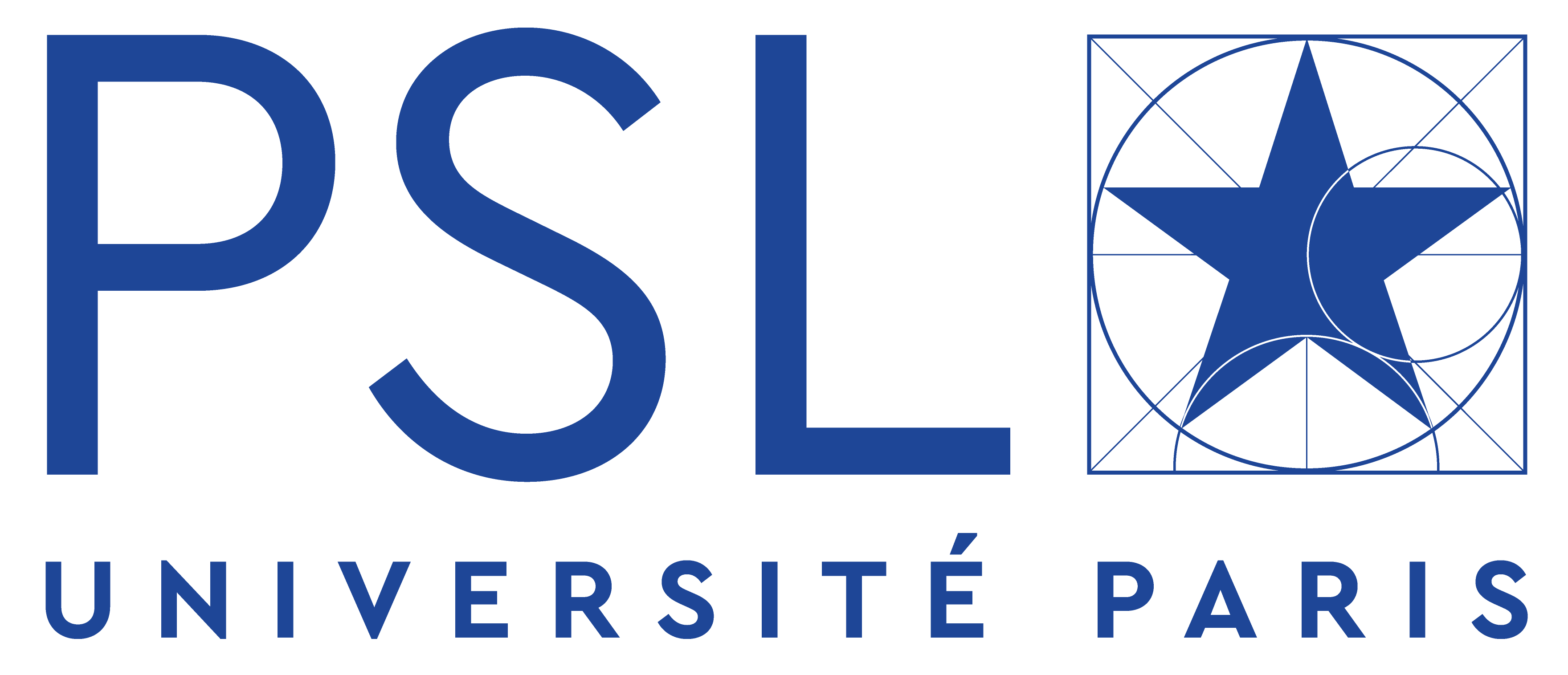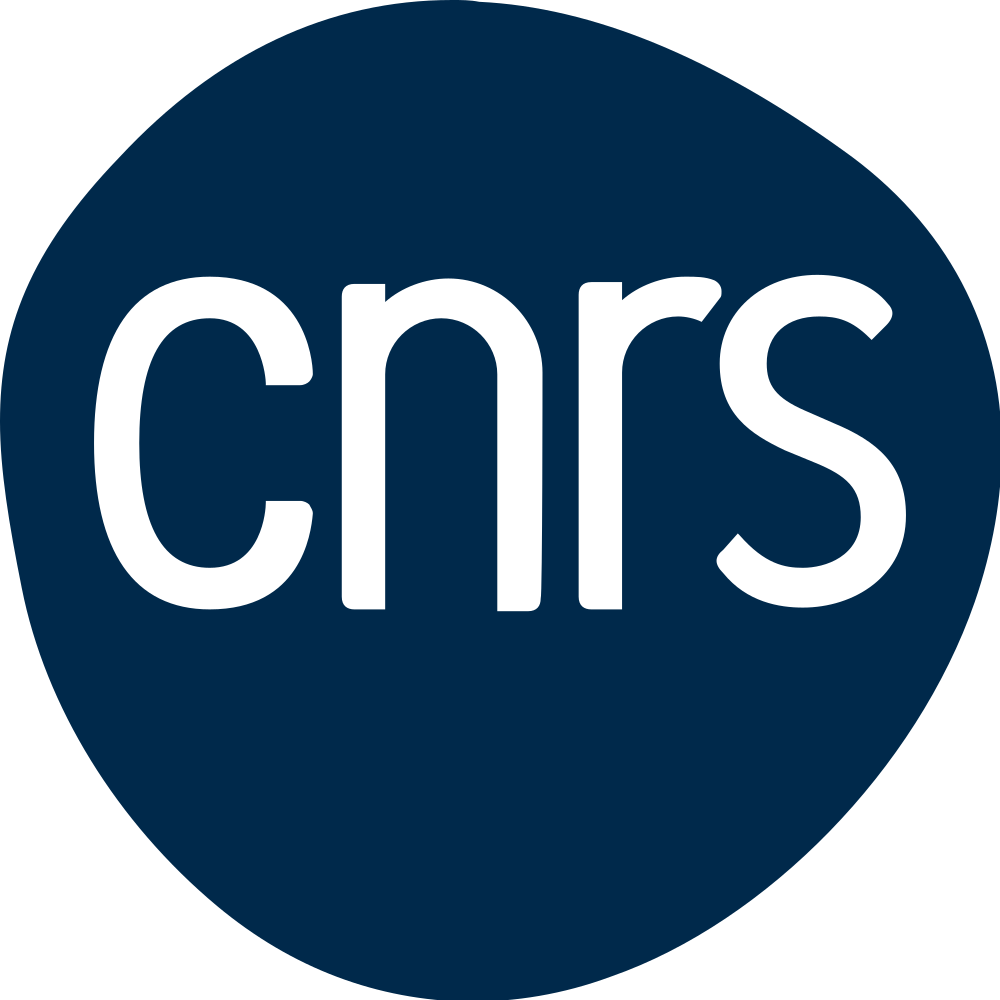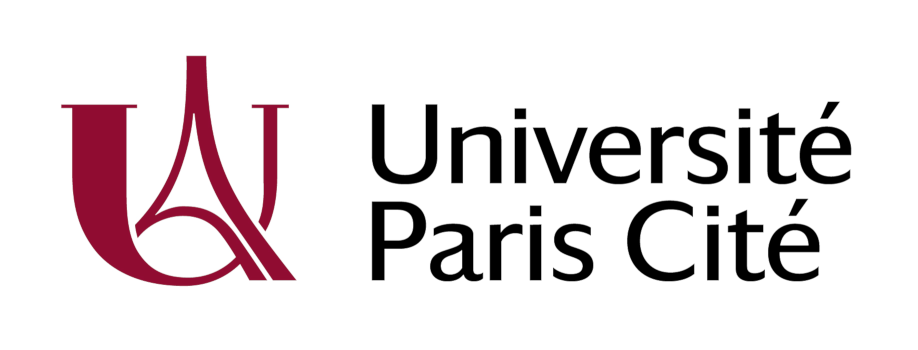Bottom-up iterative anomalous diffusion detector (BI-ADD)
Park, J., N. Sokolovska, C. Cabriel, I. Izeddin, and J. Miné-Hattab
Journal of Physics: Photonics 7, no. 4, 045027 (2025)

Résumé: In recent years, the segmentation of short molecular trajectories with varying diffusive properties has drawn particular attention of researchers, since it allows studying the dynamics of a particle. In the past decade, machine learning methods have shown highly promising results, also in changepoint detection and segmentation tasks. Here, we introduce a novel iterative method to identify the changepoints in a molecular trajectory, i.e. frames, where the diffusive behavior of a particle changes. A trajectory in our case follows a fractional Brownian motion and we estimate the diffusive properties of the trajectories. The proposed Bottom-up iterative anomalous diffusion detector (BI-ADD) combines unsupervised and supervised learning methods to detect the changepoints. Our approach can be used for the analysis of molecular trajectories at the individual level and also be extended to multiple particle tracking, which is an important challenge in fundamental biology. We validated BI-ADD in various scenarios within the framework of the 2nd anomalous diffusion challenge 2024 dedicated to single particle tracking. Our method is implemented in Python and is publicly available for research purposes.
|


|
Quantitative evaluation of methods to analyze motion changes in single-particle experiments
Muñoz-Gil, G., H. Bachimanchi, J. Pineda, B. Midtvedt, G. Fernández-Fernández, B. Requena, Y. Ahsini, S. Asghar, J. Bae, F. J. Barrantes, S. W. B. Bender, C. Cabriel, J. A. Conejero, M. Escoto, X. Feng, R. Haidari, N. S. Hatzakis, Z. Huang, I. Izeddin, H. Jeong, Y. Jiang, J. Kæstel-Hansen, J. Miné-Hattab, R. Ni, J. Park, X. Qu, L. A. Saavedra, H. Sha, N. Sokolovska, Y. Zhang, G. Volpe, M. Lewenstein, R. Metzler, D. Krapf, G. Volpe, and C. Manzo
Nature Communications 16, no. 1 (2025)

Résumé: The analysis of live-cell single-molecule imaging experiments can reveal valuable information about the heterogeneity of transport processes and interactions between cell components. These characteristics are seen as motion changes in the particle trajectories. Despite the existence of multiple approaches to carry out this type of analysis, no objective assessment of these methods has been performed so far. Here, we report the results of a competition to characterize and rank the performance of these methods when analyzing the dynamic behavior of single molecules. To run this competition, we implemented a software library that simulates realistic data corresponding to widespread diffusion and interaction models, both in the form of trajectories and videos obtained in typical experimental conditions. The competition constitutes the first assessment of these methods, providing insights into the current limitations of the field, fostering the development of new approaches, and guiding researchers to identify optimal tools for analyzing their experiments.
|


|
















